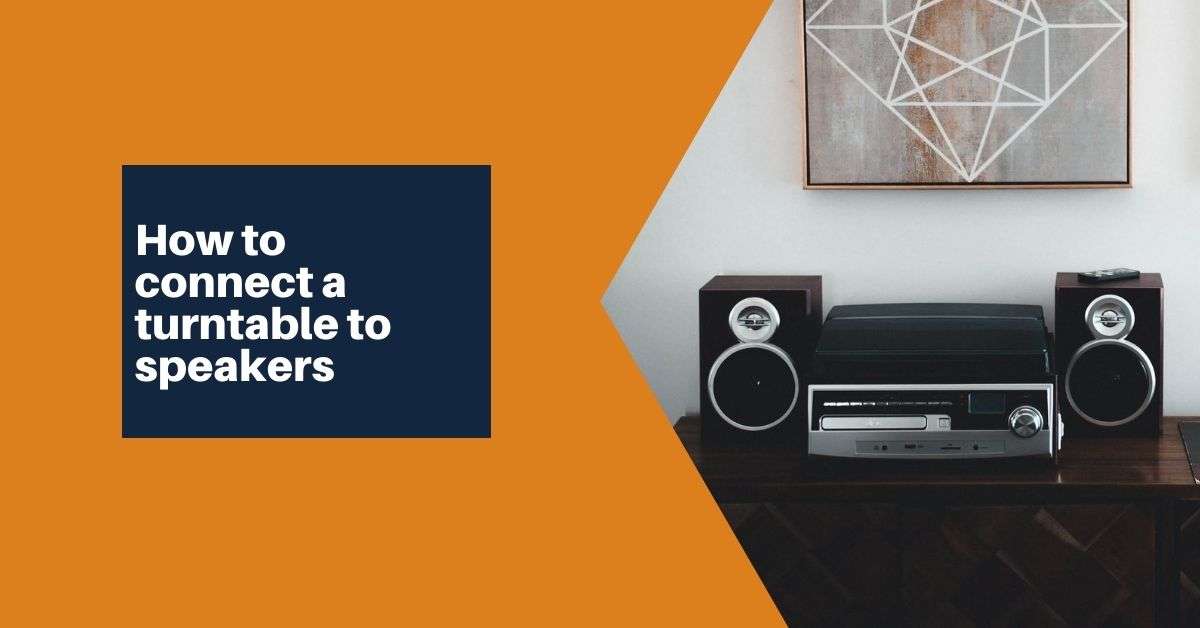So you’ve got yourself a new turntable, great! You’re just minutes away from enjoying your vinyl records, but first, you need to connect them to your speakers. As is the case with anything in the vinyl world, there’s no one singular way to do things – even connecting speakers.
In this brief guide, we’ll walk you through all the possible steps and variations you might take to get that sweet analog sound from your turntable coming out of the speakers.
Table of contents
- 4 major elements of a turntable
- Speaker wires and cables
- Various ways of connecting a turntable to your speakers
- FAQs
Every turntable setup is comprised of 4 major elements
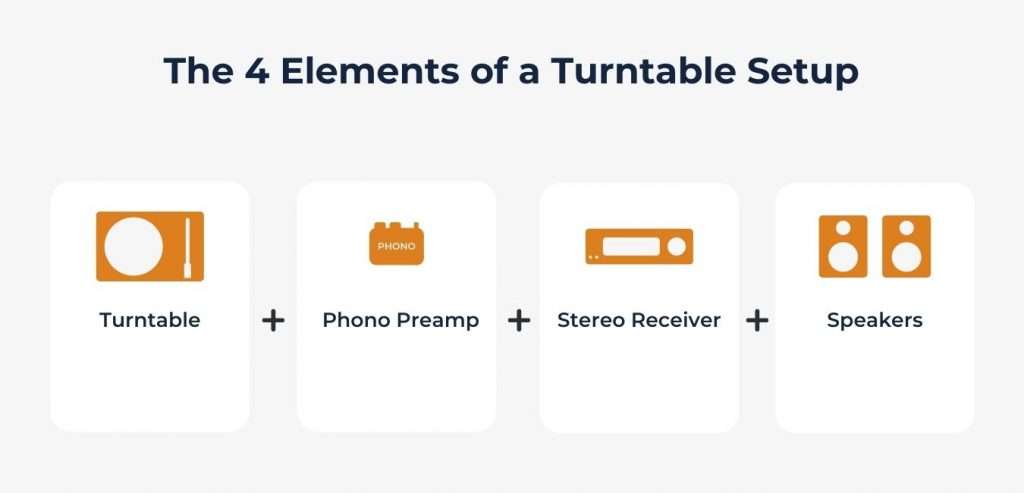
In order to get sound from your turntable, there are 4 elements that must exist in your setup.
Keep in mind, many of these elements often come built-it one another, for instance, your turntable might already have a built-in preamp, or your speakers are already amplified. More on that later.
The 4 major elements of a turntable setup are:
A turntable
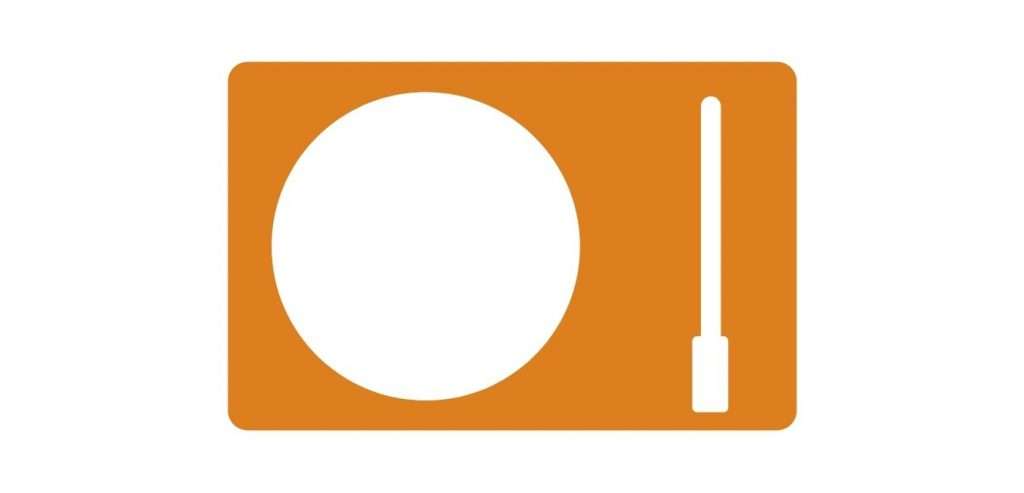
This should be an obvious one! In order to play your vinyl records, you need to have a turntable to play them on. We won’t get into the specifics, but the signal from the record is transferred through the needle and passed out of the turntable. That’s where the next element comes in.
A phono preamp
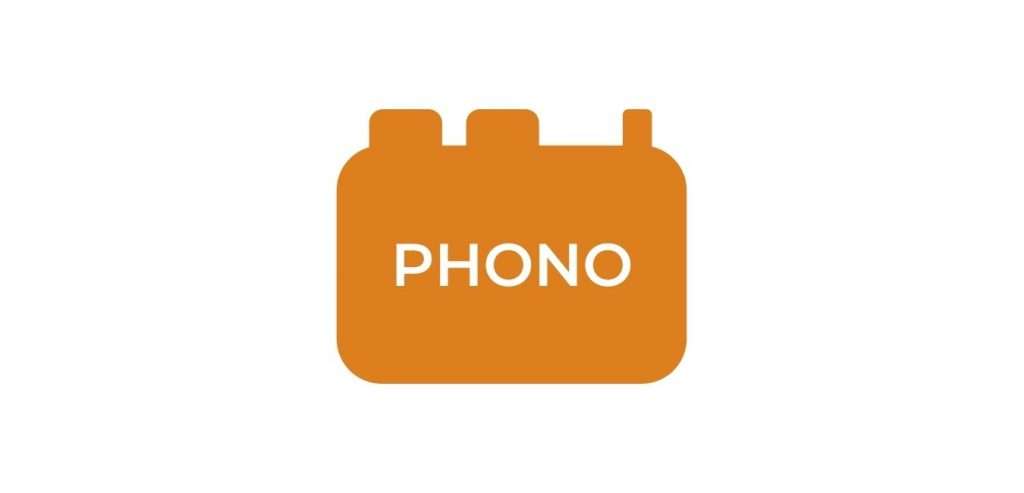
The signal coming from the turntable is naturally very quiet. A phono preamp is needed to convert the signal from the turntable to a louder “line” level signal. We cover phono and line-level in another guide if you’re interested.
Phono preamps can be an external preamp system but are also sometimes built into turntables. You can easily find out by examining your turntable to see if there’s a “phono/line” signal switch. If so, great – you have a built-in phono preamp.
An amplifier or stereo receiver
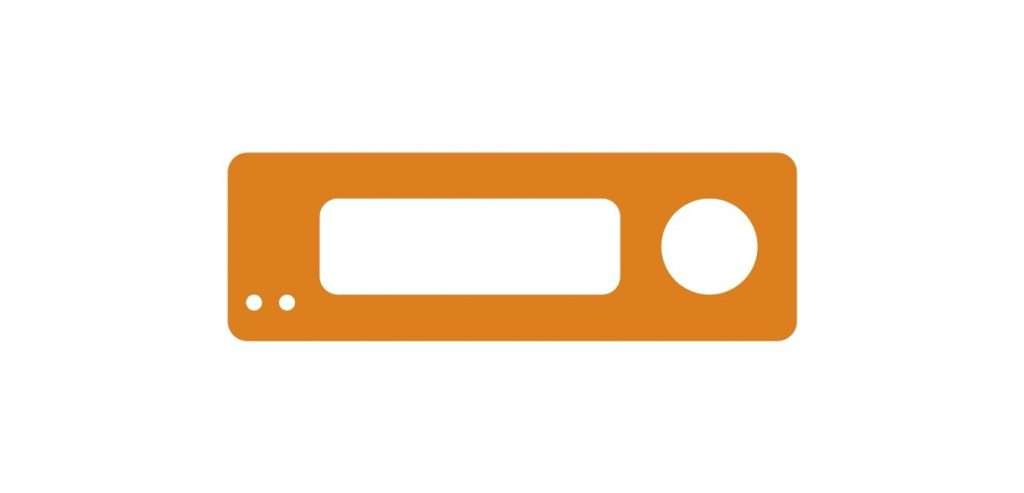
An amplifier can sometimes come between the turntable or separate phono preamp. The primary purpose of a power amplifier is to amplify the signal to your speakers. The necessity of an amplifier depends on the kind of speakers you have, which we’ll finally cover next.
Speakers
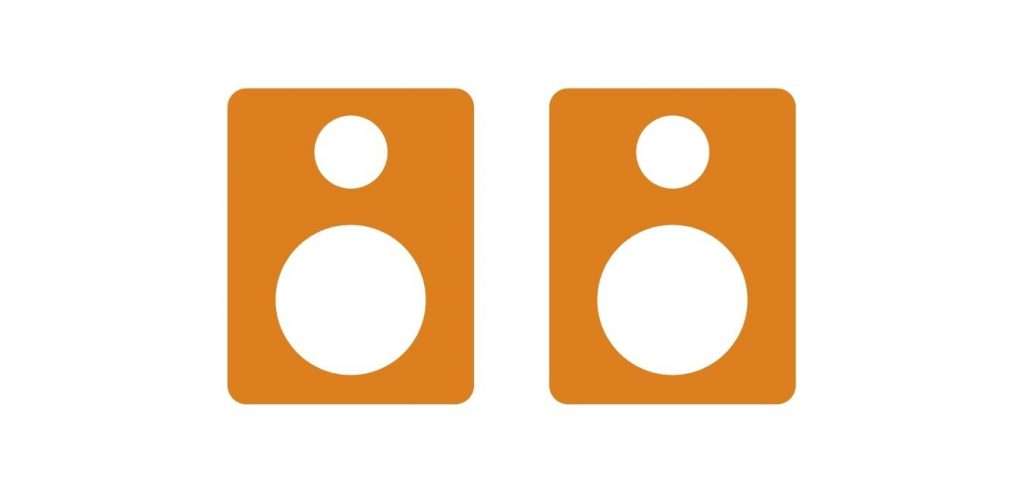
Yes, you need speakers to hear the music coming from your vinyl record, crazy right? As mentioned above, there are two major kinds of speakers: active and passive.
- Active Speakers: Active and powered speakers have a built-in amplifier so there’s no need to use an external one, though they do offer other benefits.
- Passive Speakers: Passive speakers are the opposite of active meaning they have no built-in amplifier and need an amplifier or receiver to power them in order to produce noise.
Both active and passive speakers have their pros and cons, but that’s not a topic for this guide.
Don’t forget: Speaker wires and cables
For connecting most turntables to speakers you’re at least going to need an RCA cable. These are oftentimes pre-built into your turntable, but if not you’ll need to purchase a set.
If you’re connecting your turntable to a separate preamp, you’ll need even more. It’s best to map out your setup beforehand to save from additional trips or orders online.
Lastly, if you’re using passive speakers with a stereo receiver, you’ll want to purchase some quality speaker wire.
What variations can be used to connect a turntable to your speakers?
Now with all that out of the way, let’s get into the possible setups your might use to connect your turntable to your speakers.
Turntables with a built-in preamp and powered speakers
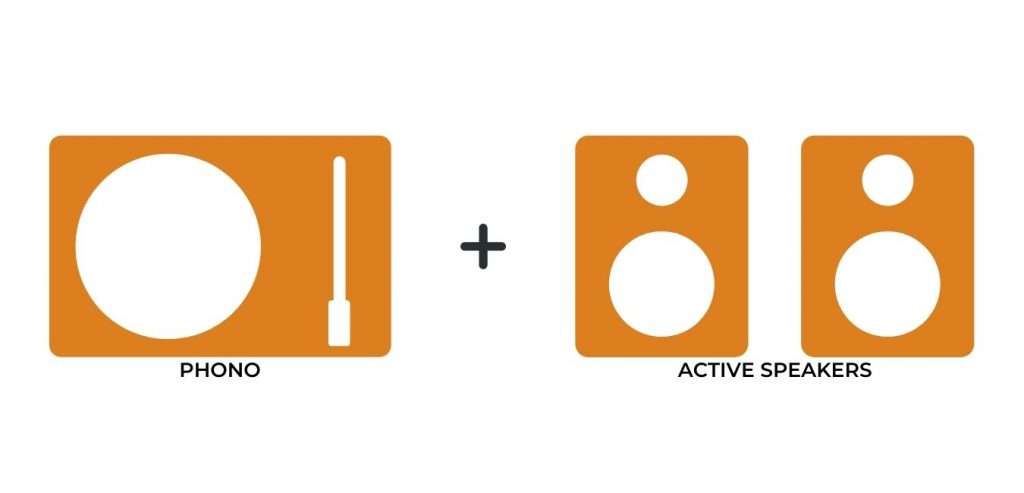
The turntable and powered speaker combo is one of the easiest to configure. Since your turntable already has a preamp built into it and your powered speakers are powered, simply just connect an RCA from your turntable to your speakers and play.
Make sure your turntable is switched to a “line” signal, otherwise you’ll hear a lot of distortion.
Turntables without a built-in preamp and powered speakers
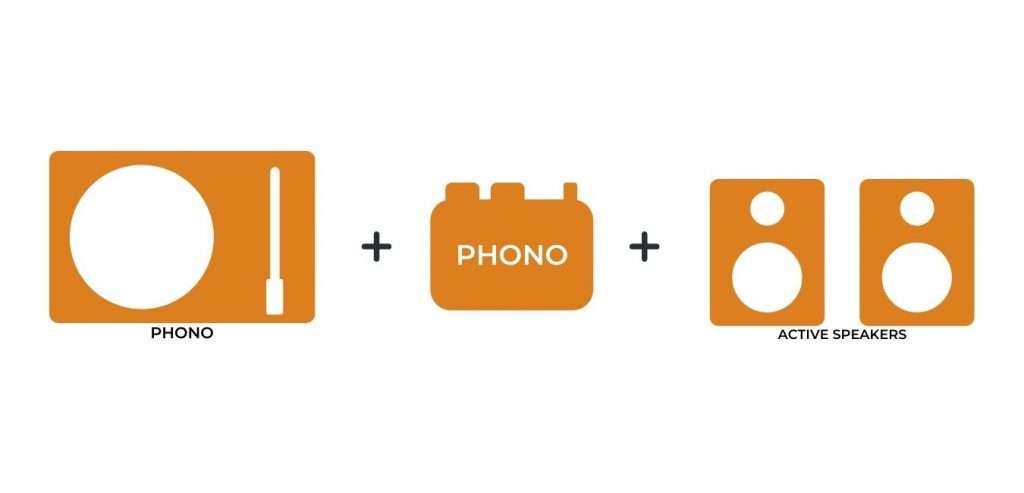
Turntables without a built-in preamp will need the help of a preamp, also known as a phono stage, in order to properly amplify the phono signal.
Firstly, connect your turntable to your phono stage’s phono input with a left and right RCA cable. If your turntable has a grounding wire (looks like a horseshoe), connect that to the back of your phono preamp on the “ground” or “GND” post and tighten.
Then with another set of RCA cables, simply connect them directly to your active speakers. Done!
Turntables with a built-in preamp, amplifier, and passive speakers
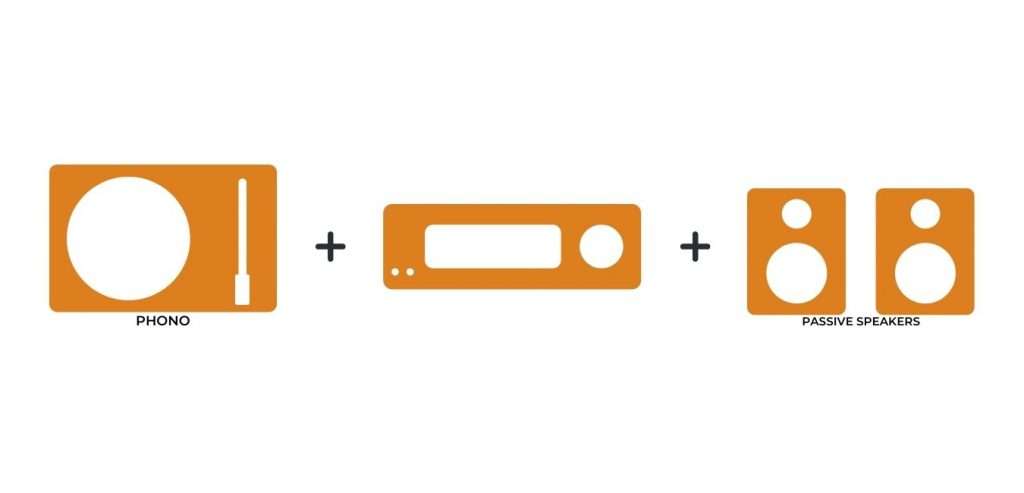
If you have an amplifier or stereo receiver in the mix, there are a few different ways we can go about connecting everything together.
Receiver with a phono input
If your receiver has a phono input (sound read “PHONO” on the backside of the receiver), it’s recommended to use the built-in preamp of the receiver instead of the turntable.
For this, switch your turntable preamp to “phono” and connect the RCA cables to the phono input on the back of the receiver. If your turntable has a ground cable, ground it to the back of the receiver on the ground terminal.
Next, connect the speaker wire to the right and left output channels of your receiver, then to your passive speakers. Done!
Receiver without a phono input
Modern stereos often do not have phono inputs built-in. If this describes your receiver then you’ll want to use the turntable preamp. Make sure it’s switched to “line” and connect the turntable directly to any input channel of your receiver.
Additionally, if your turntable had a ground cable, connect that to the receiver’s ground terminal. If your receiver doesn’t have a ground, try to find a screw on the receiver. Loosen it and connect the ground under that.
Finally, connect your passive speakers to the right and left output channels of your receiver using a speaker wire.
Turntable, preamp, amplifier, and passive speakers
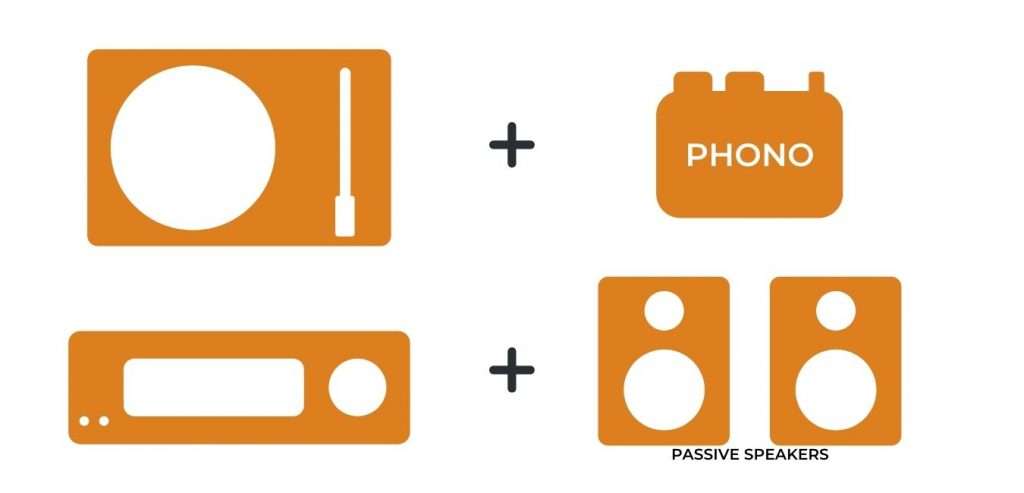
The true audiophile setup – incorporating all the components! This setup allows for use of a phono stage (often better quality than built-in preamps), an external amplifier for EQ and volume control, and passive speakers.
Firstly, connect your turntable to your phono preamp with a left and right RCA cable. If your turntable has a built-in preamp, switch it to “phono.” Additionally, if your turntable has a ground wire, ensure it’s grounded to either your phono preamp or external amplifier.
Next, connect your phono preamp to a non-phono RCA input of your amplifier. Remember, the phono preamp is doing all the work so we don’t need to use the built-in amplifier preamp.
Finally, connect speakers to the receiver using a set of speaker wires and you’re done!
Turntable and Bluetooth wireless speakers
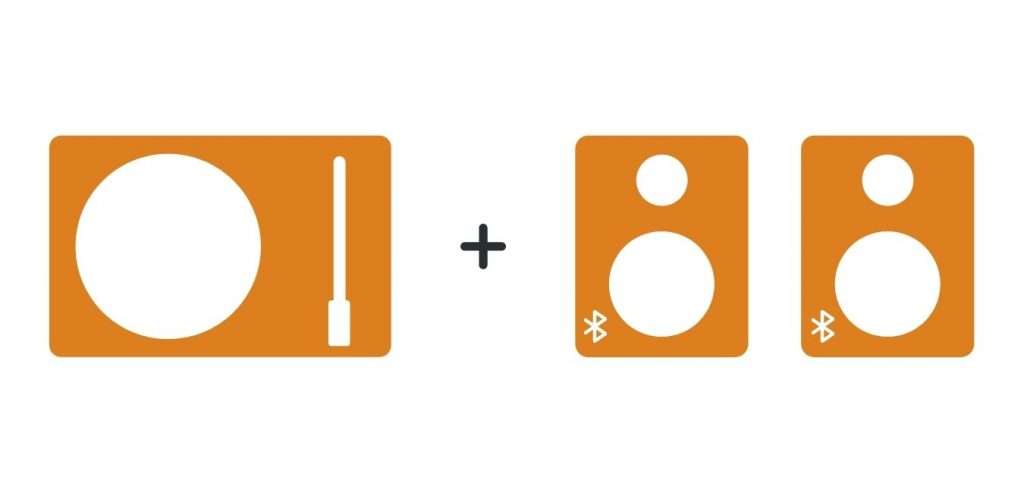
If you’re into keeping your setup simplistic, Bluetooth speakers are the way to go. Please note, you will need an RCA to 3.5mm cable to do this. These come in both male and female, so pick the one that works for your turntable.
There are two variations: One for turntables with built-in preamps and one with turntables without them.
Turntables with a built-in preamp
Firstly, hook the RCA cable to your turntable directly, then connect your turntable to your set of Bluetooth speakers with the opposing 3.5mm “headphone jack” end. Be sure your turntable is switched to “line” level.
Turntables without a built-in preamp
If your turntable lack a built-in amplifier don’t worry! You’ll just need a standalone preamp to make it work with a set of wireless speakers.
Firstly, connect your turntable to your phono preamp with an RCA cable. If your turntable has a ground wire, connect that to the preamp as well.
Next, connect the RCA end of your RCA-3.5mm cable to the preamp and the 3.5mm side to your wireless speaker and you’re done!
Bluetooth turntable and Bluetooth speakers
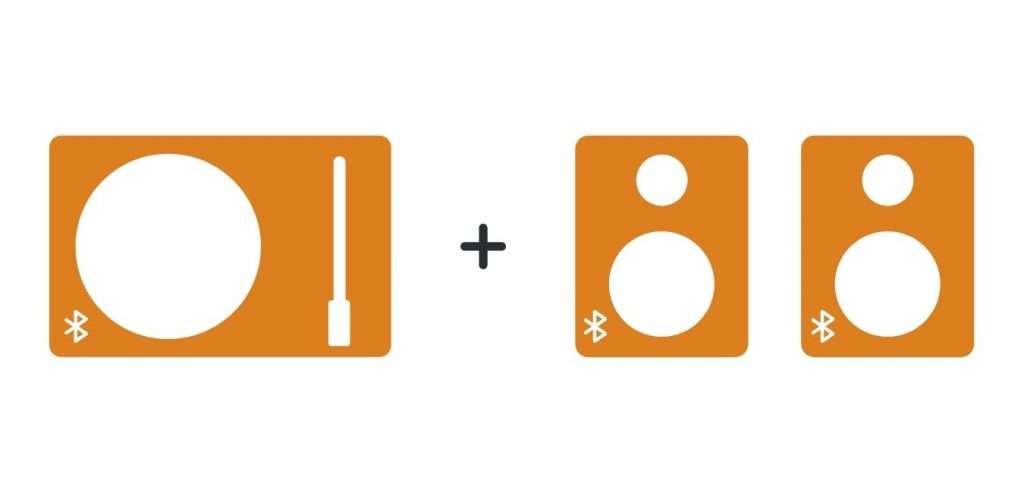
The world of turntables and vinyl is experiencing a resurgence. With that comes the new technology of the modern era. Many modern turntables now come with built-in Bluetooth, making them easy to pair with Bluetooth speakers for a completely wireless setup.
The procedures for connecting these two pieces of audio equipment can differ, so we suggest consulting the owner’s manual or researching your specific model online.
FAQs: How to connect a turntable to speakers
Here are some common frequently asked questions people have when trying to connect a turntable to their speakers.
How do I know if my turntable needs a preamp?
If you’re not sure if your turntable needs a preamp, check the back of it. Turntables with a built-in preamp will have a “phono/line” signal switch. This allows you to toggle the preamp on or off. Turntables lacking this switch do not have a built-in preamp.
Do any speakers work with turntables?
Any speaker can work with a turntable, you just need to be sure you have the right components.
Active speakers have a built-in amp meaning you do not need an external one.
Unlike active speakers, passive ones do not have an integrated amp and need a separate amp to play music properly.
Additionally, Bluetooth speakers have now entered the game. Bluetooth speakers are similar to powered speakers in that they have a built-in amplifier.
Is a preamp needed for a turntable?
All turntables need the power of a preamp to work properly. However, many turntables come with these preamps built-in meaning that an external preamp is not needed in these circumstances.
What’s the difference between PHONO and aux?
The difference between the PHONO and AUX channels on a receiver is that the PHONO channel acts as a preamp and the AUX does not. PHONO should only be used for turntables that need to be amplified while AUX can be used for a preamplified turntable, CD player, iPhone, or any other device that passes line signal.
Can you connect a turntable to a Bluetooth speaker?
Yes, you can plug any turntable into a Bluetooth speaker with the proper components.
Conclusion
As you can see, there are a variety of ways to connect a turntable to speakers. We suggest mapping your setup first before you go to purchase anything, that way you know exactly how many cables you need.
We hope you find this guide helpful!

Lead Editor / Owner
After beginning his career in the video and audio recording industry, Andrew started HiFi Hippo to share his knowledge and passion for vinyl and vintage audio with other readers.
